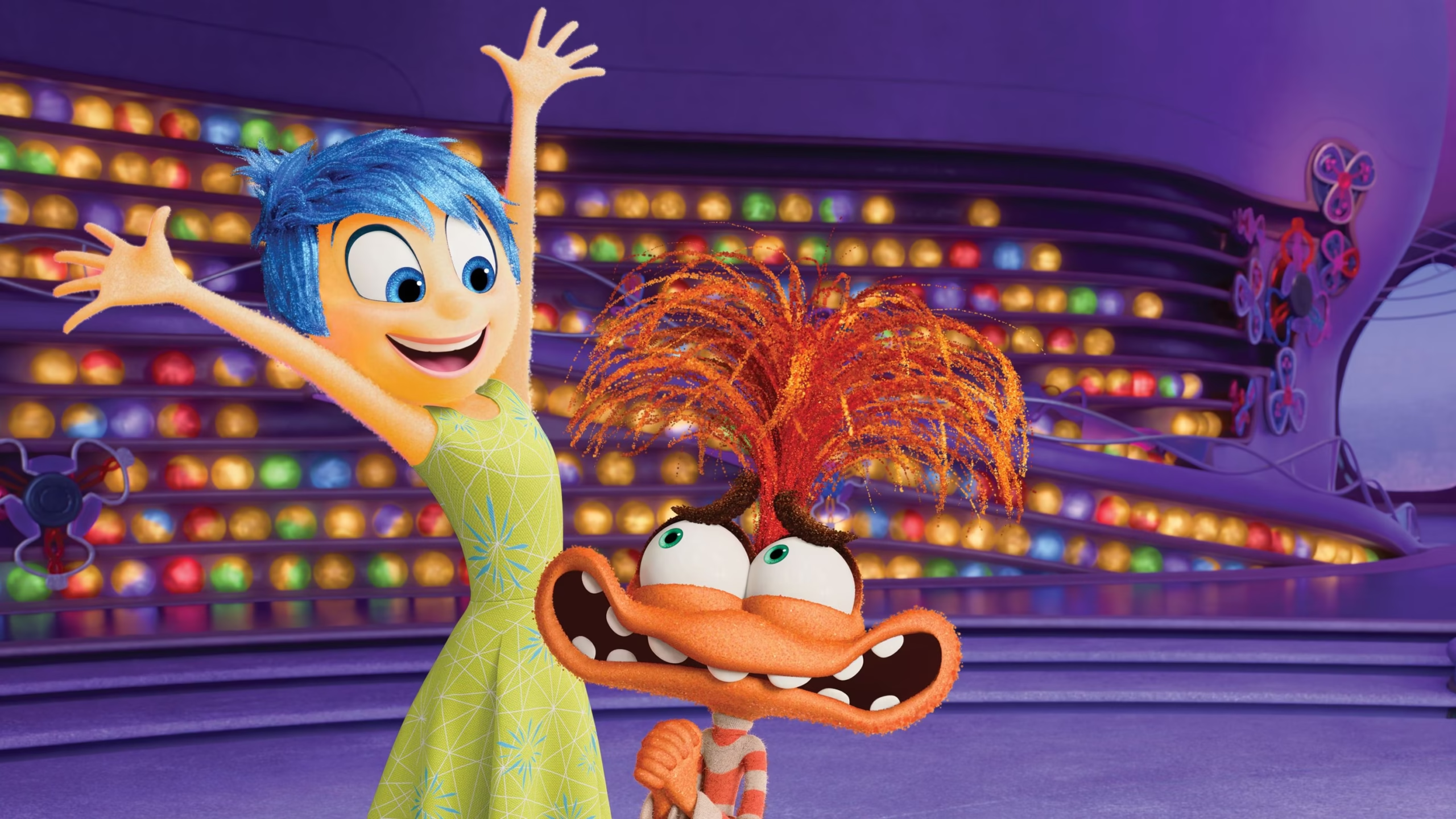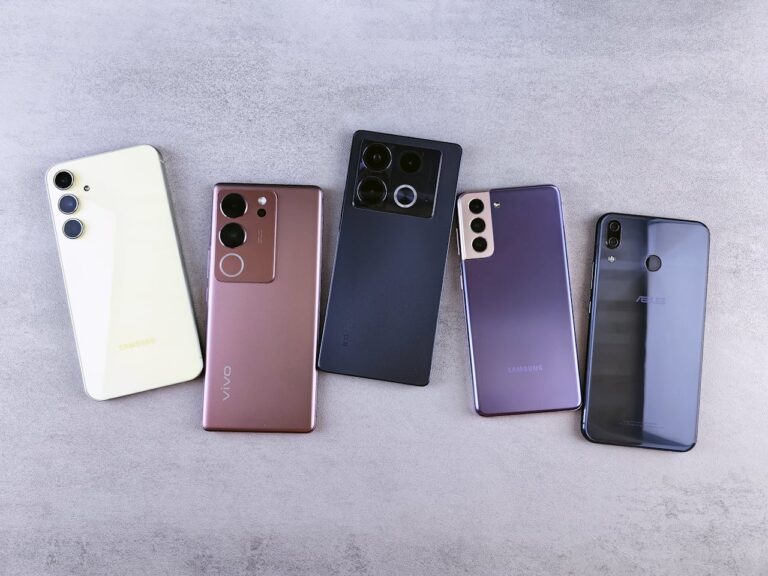Write Us: hello@ali5.org
Inside Out 2 Review. Does It Live Up to the First Movie?
Inside Out 2 is finally here, but does it capture the same emotional magic as the original? We break down the story, characters, and overall impact, no spoilers.

Pixar didn’t have an easy task. Inside Out (2015) wasn’t just a success; it was a cultural shift. A children’s movie about mental health that resonated deeply with adults. It explained feelings better than most therapists. So naturally, expectations for Inside Out 2 were massive.
So, what does Inside Out 2 do? It skips ahead a few years. Riley’s no longer 11. She’s 13 now. And puberty just hit like a truck.
Let’s get into the details, the characters, the story, the emotional accuracy, and whether this sequel actually expands on the brilliant foundation of the first film.
Plot & Setup: A Storm Is Brewing
The sequel starts with a pretty familiar setup: Riley is growing up, and her mind’s control center is working pretty smoothly with Joy, Sadness, Anger, Disgust, and Fear. But it doesn’t last.
The big disruption? Puberty, literally. It triggers the construction of a new part of the mind, and with it come new emotions:
-
Anxiety: Hyper-alert, over-controlling, and driven by fear of failure
-
Envy: Small but fierce
-
Embarrassment: Giant, silent, and constantly mortified
-
Ennui: French, bored, and doesn’t care about anything
These emotions throw the original crew out of the control room and take over. Anxiety believes it can “upgrade” Riley by micromanaging her choices, especially when she’s trying to impress a new group of hockey teammates at a summer camp. The emotional turf war begins.
New Emotions: Brilliant Concept, Slightly Crowded Execution
The idea of adding more nuanced emotions as Riley matures is smart. Puberty isn’t just physical, it’s when our emotional lives get far more layered. And Inside Out 2 handles that part with real insight.
-
Anxiety (voiced by Maya Hawke) is a standout. She’s intense, well-meaning, and genuinely scary in how much she tries to “help.” It’s not villainy, it’s control. And if you’ve ever experienced anxiety, you’ll recognize her immediately.
-
Embarrassment doesn’t say much, but his presence is spot-on. He’s hulking, quiet, and wants to vanish. Relatable.
-
Envy and Ennui are used more for comic effect, but are still sharp reflections of the insecurities and apathy that show up during early adolescence.
The problem? There are now nine emotions total. That’s a lot to juggle in 90 minutes. Fear, Disgust, and Anger from the original are pushed into the background. Even Sadness gets fewer meaningful moments than you’d expect. Joy remains central, but the story feels split, like it’s trying to grow bigger without quite knowing how to share the emotional spotlight.
Themes: Anxiety, Identity, and the Pressure to Be “Good Enough”
Where the first film focused on the idea that Sadness is necessary, this one zeroes in on how anxiety, when unchecked, can distort identity.
Anxiety’s big mission in this film is to make Riley more likable, more impressive, more perfect. But in doing so, she unintentionally buries Riley’s core self, her real values, her memories, even her friendships. There’s a powerful visual metaphor involving “Sense of Self” that’s honestly one of the smartest things Pixar has animated in years.
This message hits hard: trying to fit in, be impressive, and avoid failure at all costs is a trap. It disconnects you from who you really are.
It’s a theme older kids and adults will understand immediately, and younger viewers will probably grow into.
Visuals & World-Building
Pixar knows how to make a world feel alive. The mental landscape has expanded in this film; we see vaults of Riley’s sense of self, a weird vault of suppressed memories, and more layers of the mind than the first film showed. The animation is clean, colorful, and expressive, with clever design touches for each emotion (like Ennui’s slouched posture and constant phone-checking).
One fun addition: there’s a whole subplot involving forgotten or repressed emotions and ideas, almost like creatures living in the mind’s basement. It adds some surreal humor and reminds us that the brain is messy, not neatly color-coded.
Performances: Consistent, With Fresh Energy
-
Amy Poehler (Joy) is still excellent, a little older, a little wiser, and slightly more self-aware.
-
Phyllis Smith (Sadness) is underused, but when she speaks, it lands.
-
Maya Hawke is the real highlight here. Her take on Anxiety is energetic, layered, and perfectly unhinged.
The rest of the new voices bring texture, but some of the original cast barely get a chance to speak up. That imbalance is noticeable.
Where It Struggles:
1. Pacing Issues
The story kicks off fast and doesn’t really slow down. It’s almost like the filmmakers knew they had too much to fit in and tried to sprint through it. The emotional beats don’t always have space to land.
2. Reduced Role of Old Emotions
Joy, Sadness, Anger, Fear, and Disgust are what made the first film so lovable. Here, they’re more like background noise for half the movie. Joy gets her moments, but the emotional weight feels shifted awkwardly at times.
3. Some Over-Explaining
At moments, the movie spells out what it’s trying to say too clearly. Pixar usually trusts the audience to “get it” through subtle storytelling. This one leans more on direct lines and metaphors. Not bad, just a bit less elegant.
Final Thoughts:
Inside Out 2 isn’t as groundbreaking as the first. But that’s okay, sequels rarely are. What it does offer is a smart, emotionally intelligent look at how our minds change as we grow up.
It’s a film that doesn’t shy away from anxiety, pressure, identity confusion, or the fear of not being enough. That alone makes it worth watching, especially for teens and their parents.
Rating: 8.3/10
It’s funny, thoughtful, beautifully animated, and deeply relatable, even if it occasionally feels a bit rushed and crowded.







